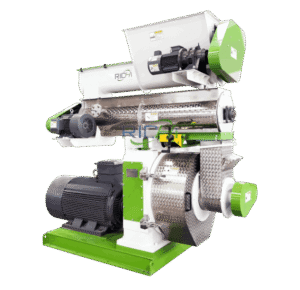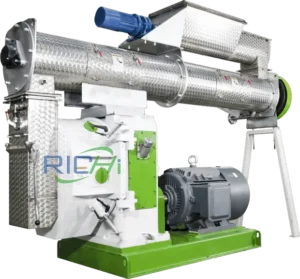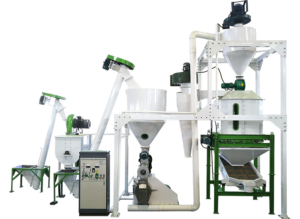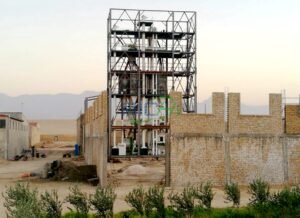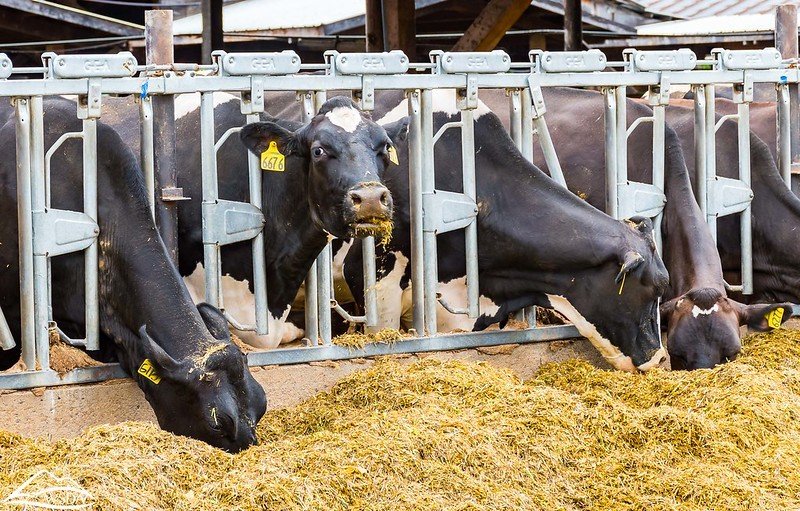
Animal Feeding Operation (AFO) is a term used to describe a facility where animals are confined and raised in confined spaces for over 45 days in a year. These operations are designed for efficiency in the production of livestock for meat, dairy, or egg products, but they do not grow crops or vegetation for grazing within the confinement area in the specified period.
The size and type of AFOs can vary greatly, from small family-run farms to large industrial-scale operations known as Concentrated Animal Feeding Operations (CAFOs).
The primary focus of AFOs is on maximizing production while minimizing costs, which often involves housing a large number of animals in close quarters. This approach raises various environmental, ethical, and health concerns, including the management of manure and wastewater, the potential for water and air pollution, the spread of diseases, and the welfare of the animals.
Regulation of AFOs, particularly CAFOs, involves oversight by environmental agencies such as the Environmental Protection Agency (EPA) in the United States. These regulations are designed to mitigate the environmental impacts of these operations by enforcing standards for manure management, wastewater treatment, and air quality.
Despite their economic benefits in terms of efficient production of animal products, AFOs and CAFOs continue to be subjects of public debate. Critics argue for more sustainable and humane farming practices, while supporters highlight their role in meeting the global demand for animal protein.

Are all small farms with livestock considered AFOs?
Not all small farms with livestock are considered Animal Feeding Operations (AFOs). The classification of a farm as an AFO depends on specific criteria, primarily related to the number of animals, how they are confined, and for how long. An AFO is characterized by animals being kept and raised in areas that do not produce vegetation, and where animals are confined for at least 45 days in a 12-month period.
Small farms that allow animals to graze or forage over pasture lands and do not confine animals in a way that meets the AFO criteria typically are not classified as AFOs. These smaller or traditional farms often operate on a rotational grazing system or mixed-use system where animals have access to open areas, which is in contrast to the confined spaces seen in AFOs.
The distinction also depends on regulatory definitions which can vary by country or region. In the United States, for instance, the Environmental Protection Agency (EPA) categorizes AFOs based on the number of animals and how they manage their manure and wastewater. Small farms with livestock that do not meet the threshold for confinement and animal numbers set by regulatory agencies would not be considered AFOs.
Therefore, while some small farms with livestock may meet the definition of an AFO if they confine animals in a manner consistent with the regulatory definition, many small, traditional, or pasture-based farms would not be classified as AFOs due to their different management practices.

